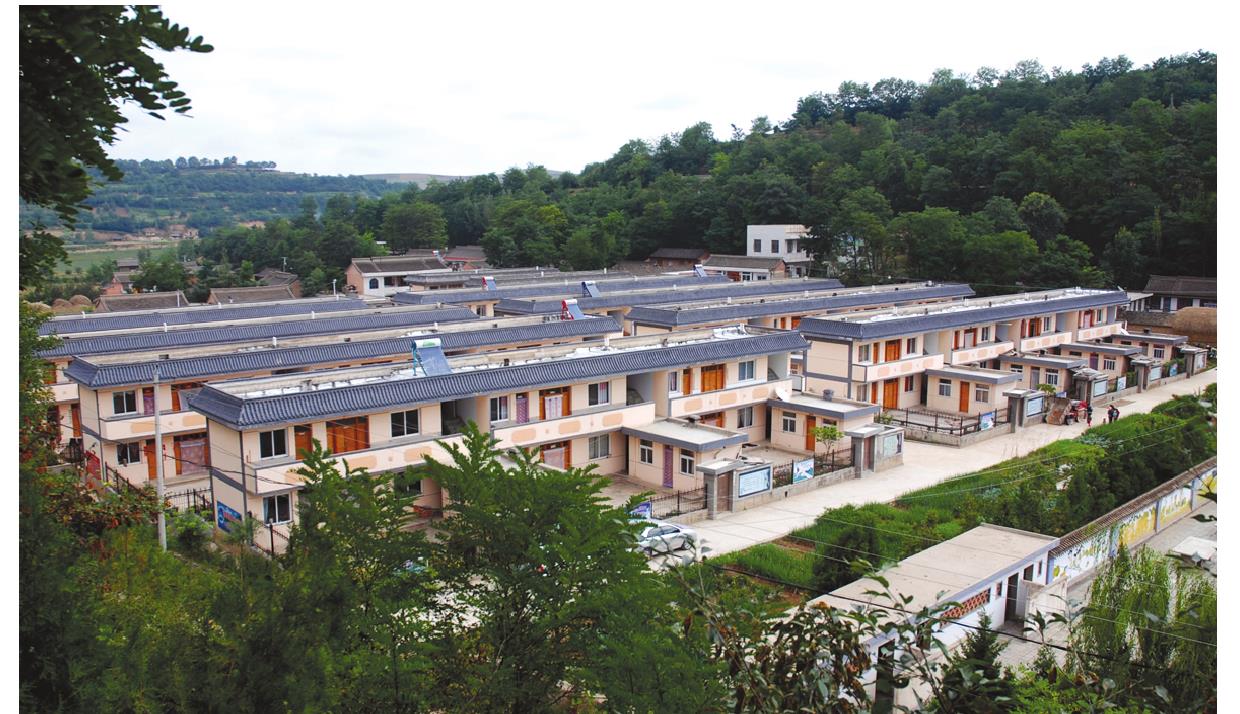孙集村1
娘娘坝镇辖村。甘肃省新农村建设示范村。位于娘娘坝镇西南部,距镇区 10 公里,甘什战备路穿村而过,交通较为便利。2007 年实施异地搬迁项目户 49 户、257 人。2010 年,辖 1 个自然村、7 个村民小组,308 户、1524 人,有劳动力 741 人。耕地面积4057 亩,其中退耕还林 596.9 亩,耕地面积 2054 亩,粮食总产量 45.68 万公斤;有大牲畜308 头,猪存栏 317 头,人均纯收入 1770 元。有孙集村砖厂 1 家。支柱产业为中药材种植和林果业。
孙集村2
平南镇辖村。位于平南镇东端,全村有 4 个自然村,473 户 2540 人,耕地面积 3204亩(人均 1.3 亩),梯田面积 2560 亩,绿化面积129.1 亩。2008 年底全村工农业生产总值达 3400万元,农民人均纯收入 3800 元。自 2006 年实施新农村建设以来,已建成新农宅 4 排 8 栋 34 套,建成村级综合办公楼一座,占地 2100 平方米的文化广场一处。孙集村“黑社火”被秦州区文化局列为具有地域特色的非物质文化遗产;种植全膜双垄沟玉米 1200 亩,种植“架豆王”100 亩,正在建设千头养牛场。

平南镇孙集村新农村住宅